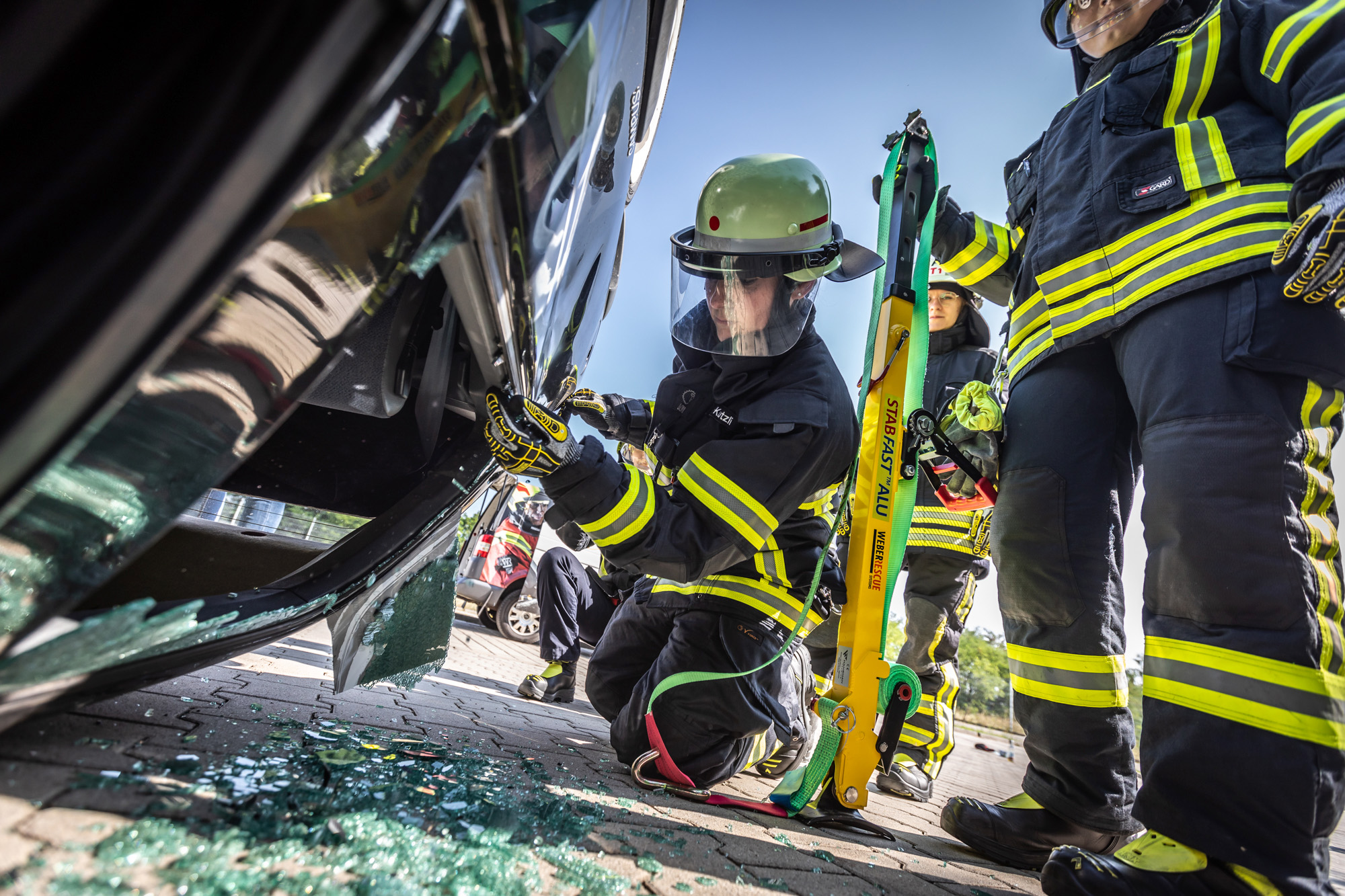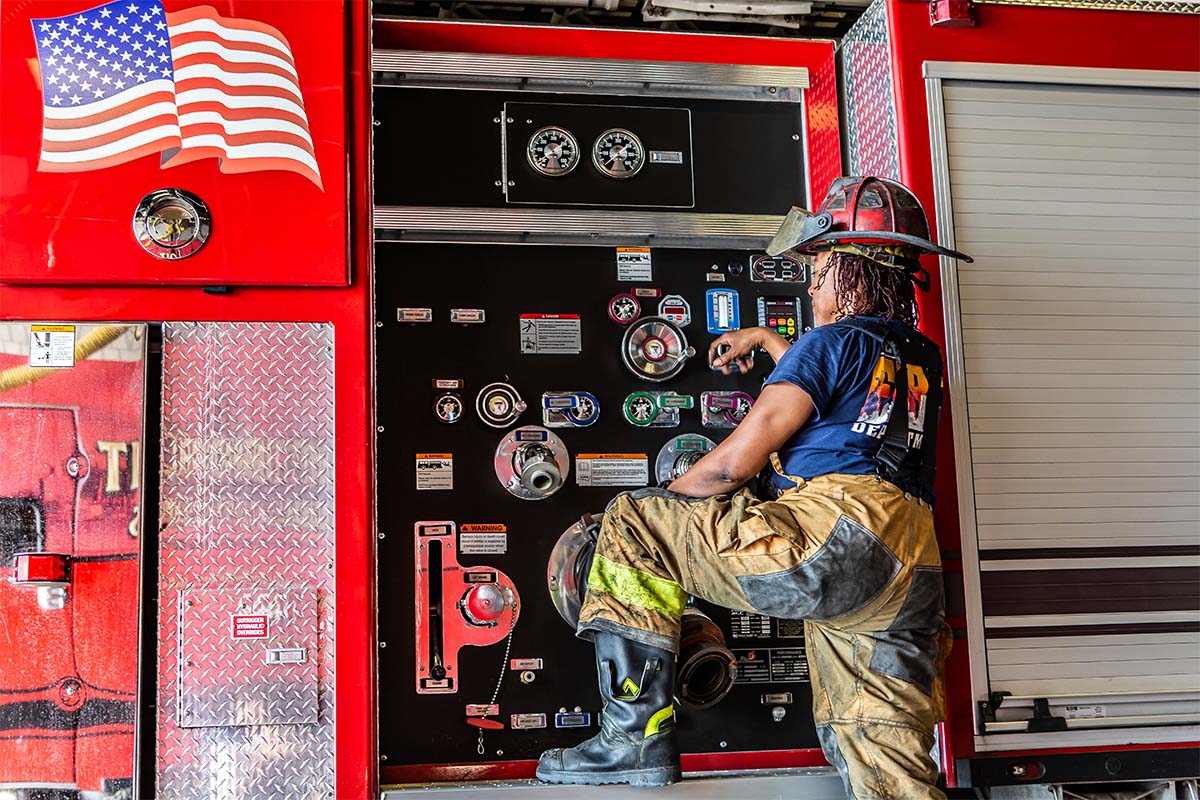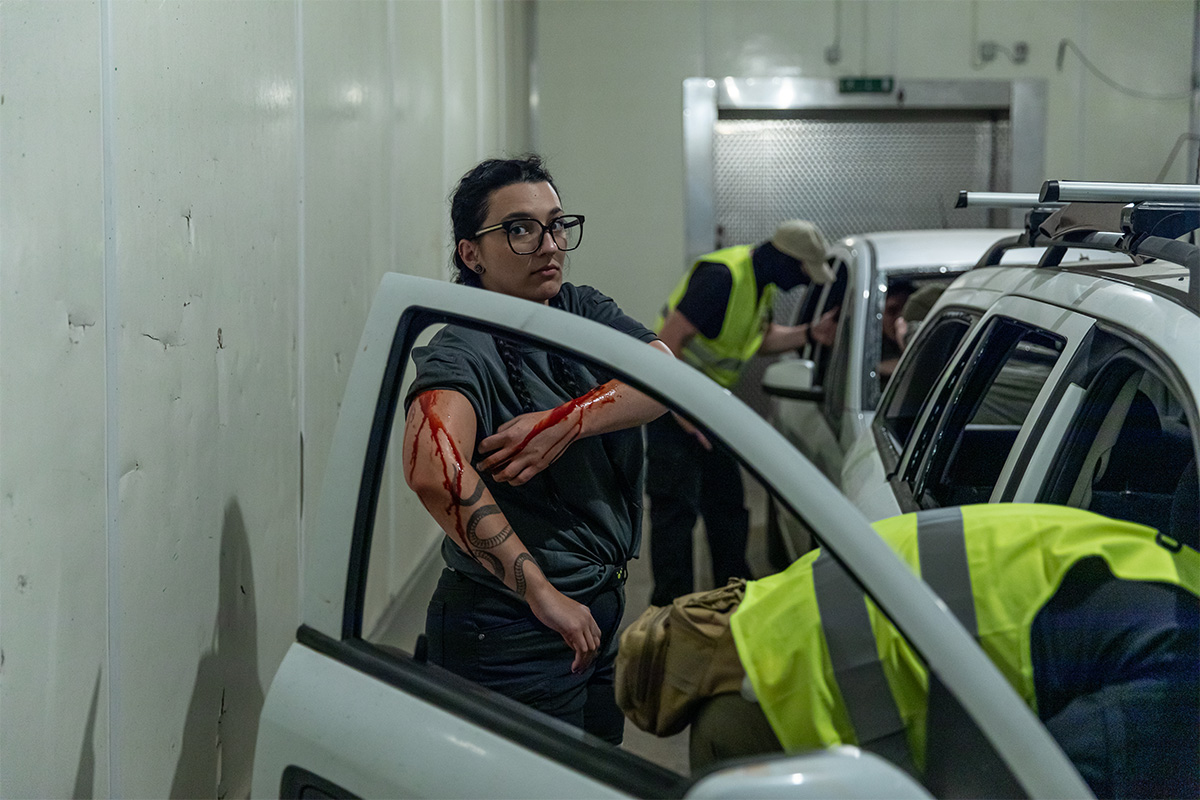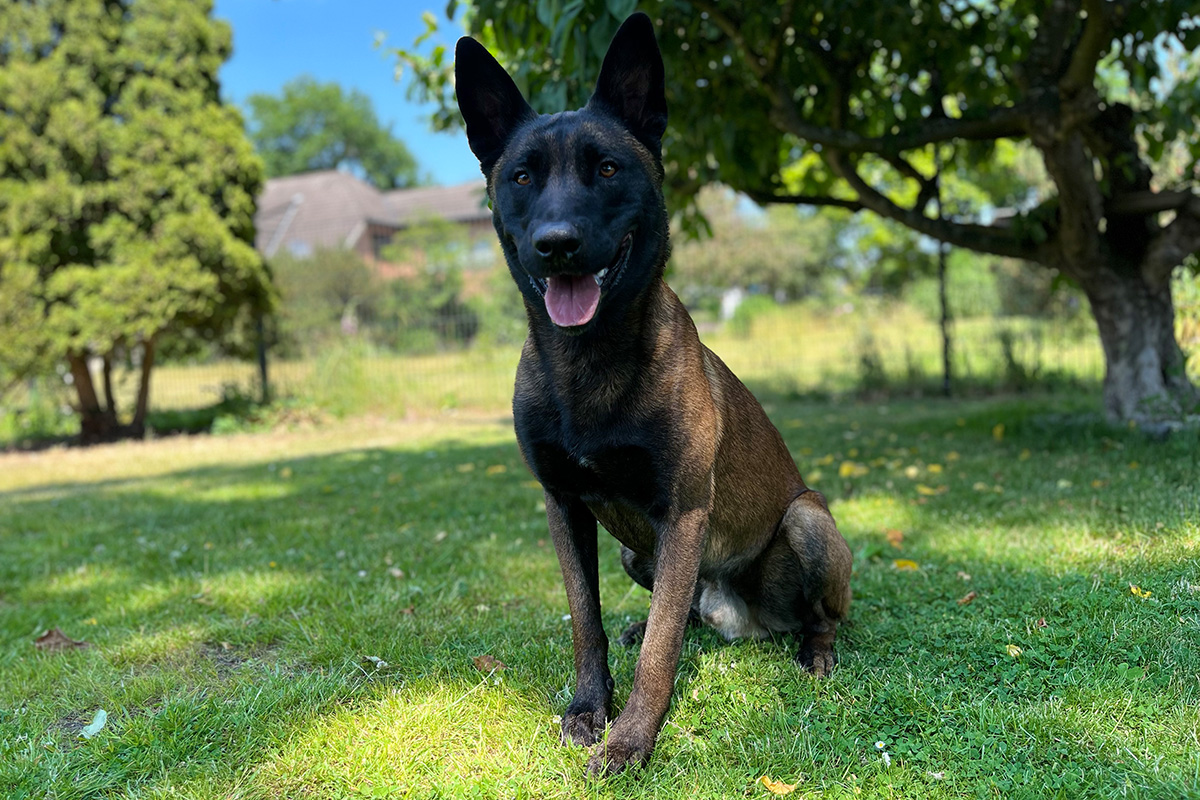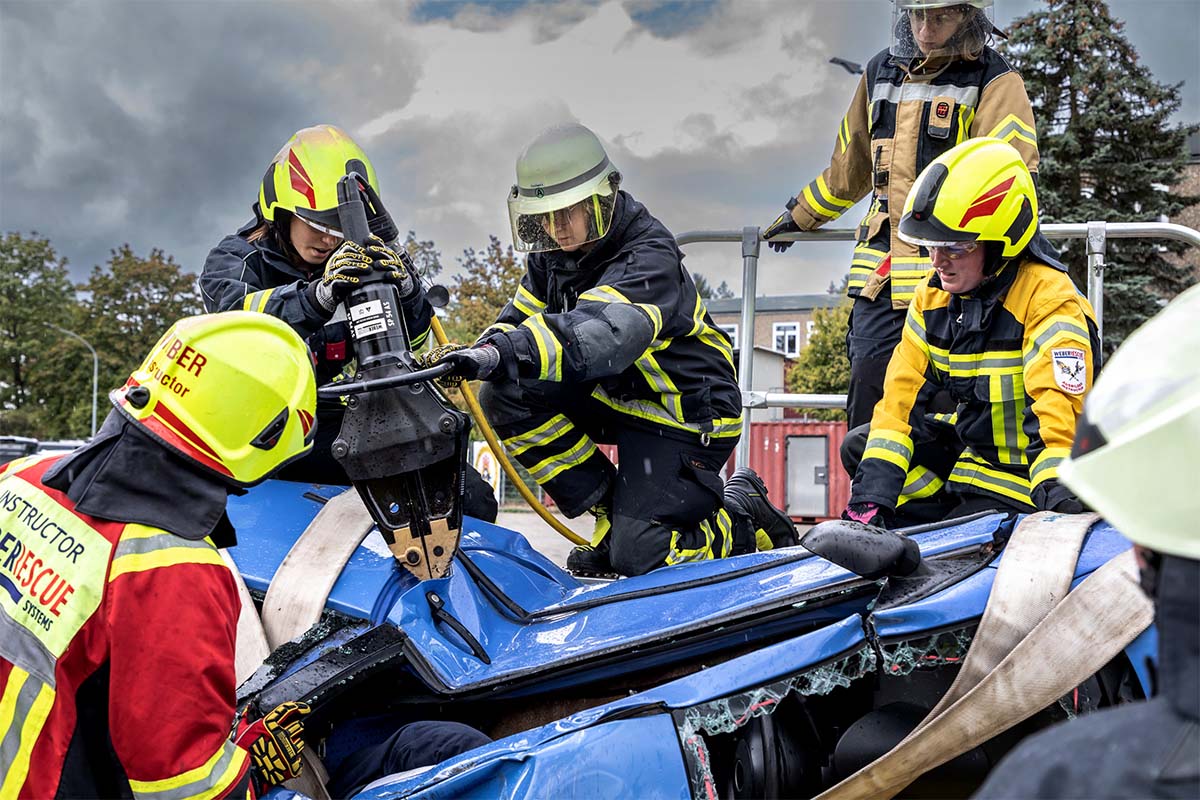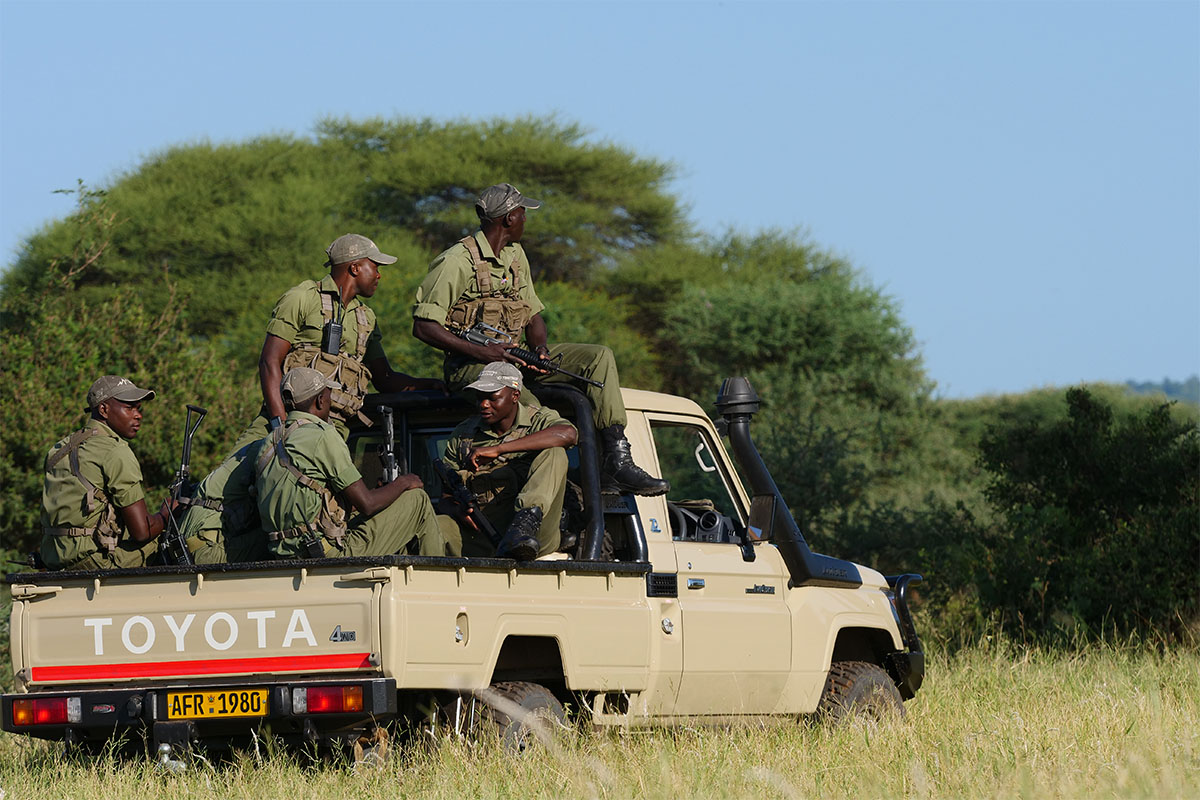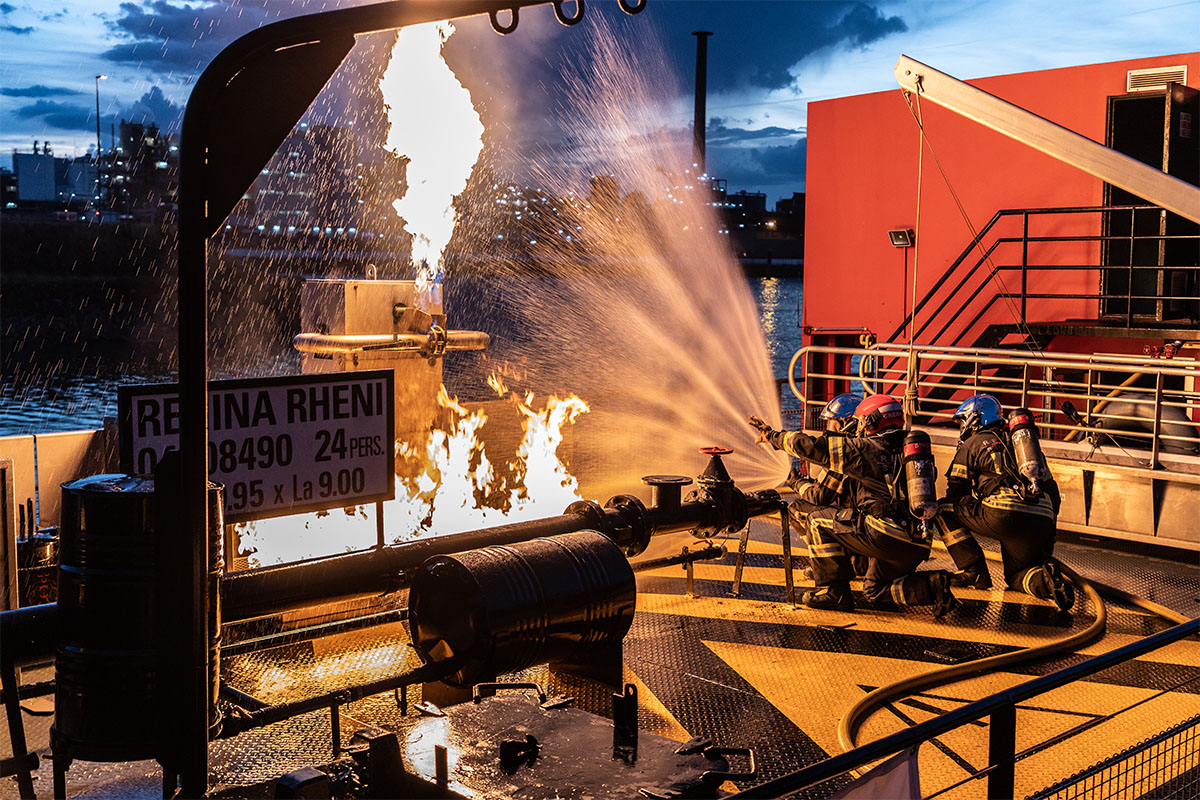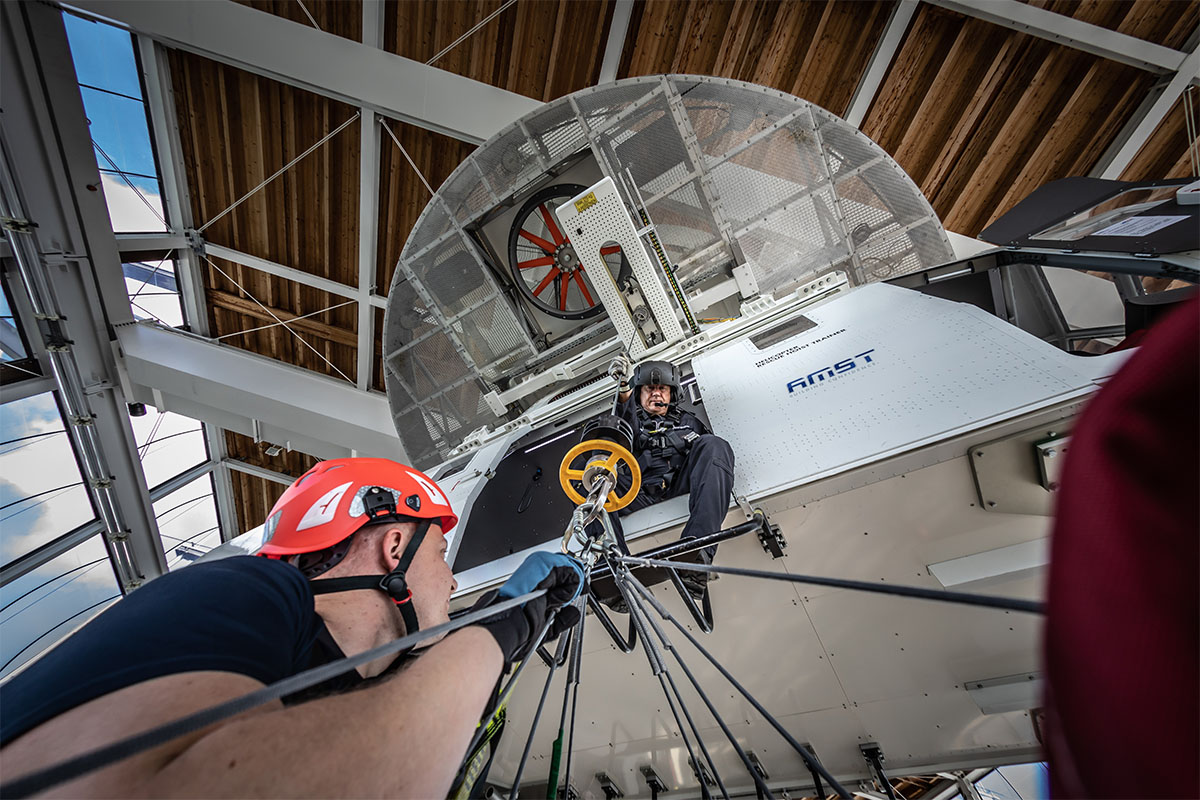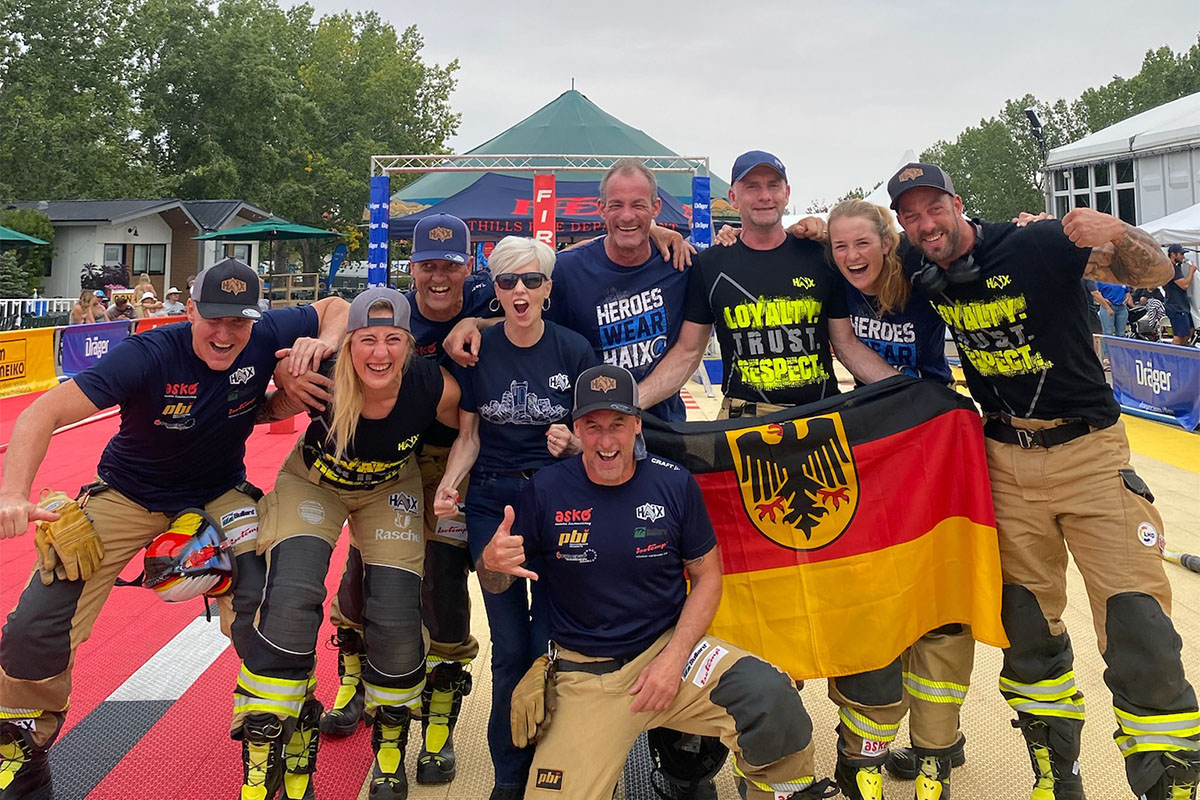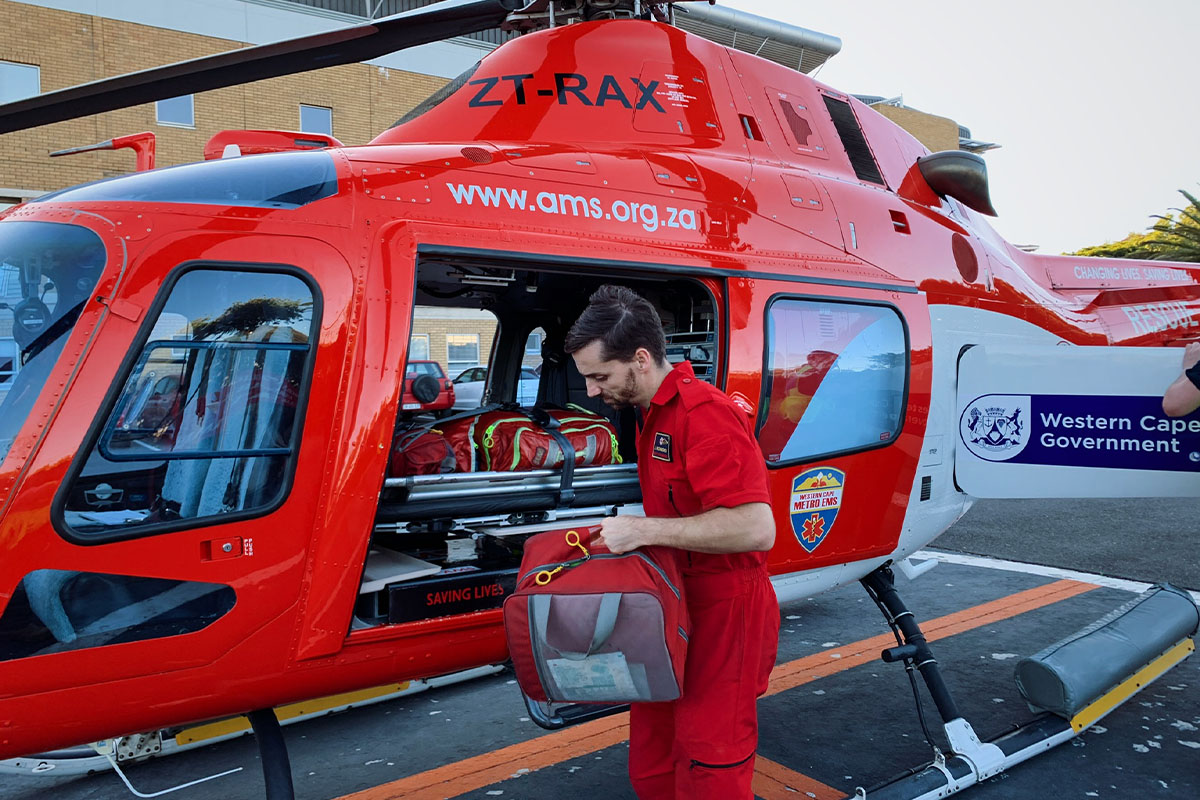Nine crashed vehicles in a single day. All patients are pulled out of their vehicles by female firefighters. What sounds like a pile-up on the highway is actually a summary of a technical-rescue training course. And the gender balance has nothing to do with quotas: This course is for women only.
Standard Position, Side-Impact, Flipped
Thirty-three women from various fire departments and the Federal Agency for Technical Relief visited the HAIX site in Mainburg on July 21–22 to train rescue techniques for car accidents with HAIX and WEBER RESCUE. Anna from Lermoos was one of the participants. “It was quite unique and truly unforgettable.” It’s a course like no other.

Many of the participants have nothing but praise for their local fire departments’ training efforts, but they still wouldn’t miss this unique opportunity to practice in small groups with three cars each. Every case is different. What worked for one scenario might not work for the next traffic accident and it could require new solutions. Emergency response physician Verena summed it up: “There’s no one-size-fits-all solution. Trying out various ways of accessing the cars depending on their position was very interesting.” The participants learned that taking the roof off a car is not always the best and only way of rescuing those trapped inside.
In a “standard” collision, i.e., a frontal collision involving an upright car whose driver’s legs are trapped, there are countless extrication options. You can use a spineboard to tunnel through the trunk, you can attend to the person through the driver’s door or an opening in the side, you can use the “convertible” approach of removing the roof. A side-impact collision is trickier, as one side of the vehicle is inaccessible. The most important step is to give the driver space. A car that has flipped onto its roof requires the rescuers to figure out a whole new perspective: Where’s the driver’s side? Where’s the passenger’s side? Everything is upside down. Having set up a secure supporting structure from wooden blocks, the firefighters remove the trunk lid. This gives the internal rescuer access to the car, where she can speak with the driver.

An all-female rescue team
The coaches closely watch their protégées’ efforts, helping them to handle the equipment and offering hints: How to get closer to one spot or another, how to work ergonomically, how to save their energy. After all, the course has to benefit every single one of the women who have traveled here from all corners of Austria and Germany, regardless of their previous knowledge. The two Austrian participants come from Lermoos and Sankt Pölten, respectively. “It’s really interesting to talk about the differences between Germany and Austria. Other fire departments are often experienced with approaches that might not even occur to me,” explained Anna from Austria.
When it comes to the operational tactics, however, the women develop their own approach. The expert coaches answer every question and engage with every suggestion. They try every trick in the book to see what works and what doesn’t.

No restraint
An all-female rescue team – quite rare in the fire brigade. Tyrolean Anna has thoughts about the benefits of this approach: “I can be a bit reserved around the men sometimes, but this course made me want to get my hands dirty.” Everyone brings their own background knowledge to the table: The group contains of members of the Federal Agency for Technical Relief, firefighters who have just completed their basic training and are using the scissors, spreader and cylinders for the first time, experienced group leaders, and an emergency response physician.
Together, they develop solutions for the practice mission. Everyone gets on well, and the atmosphere is fantastic. After more than ten hours of intense technical training, the participants have successfully freed nine dummy patients from their vehicles. What did they all think? “This was not an easy course. It was full on!”
